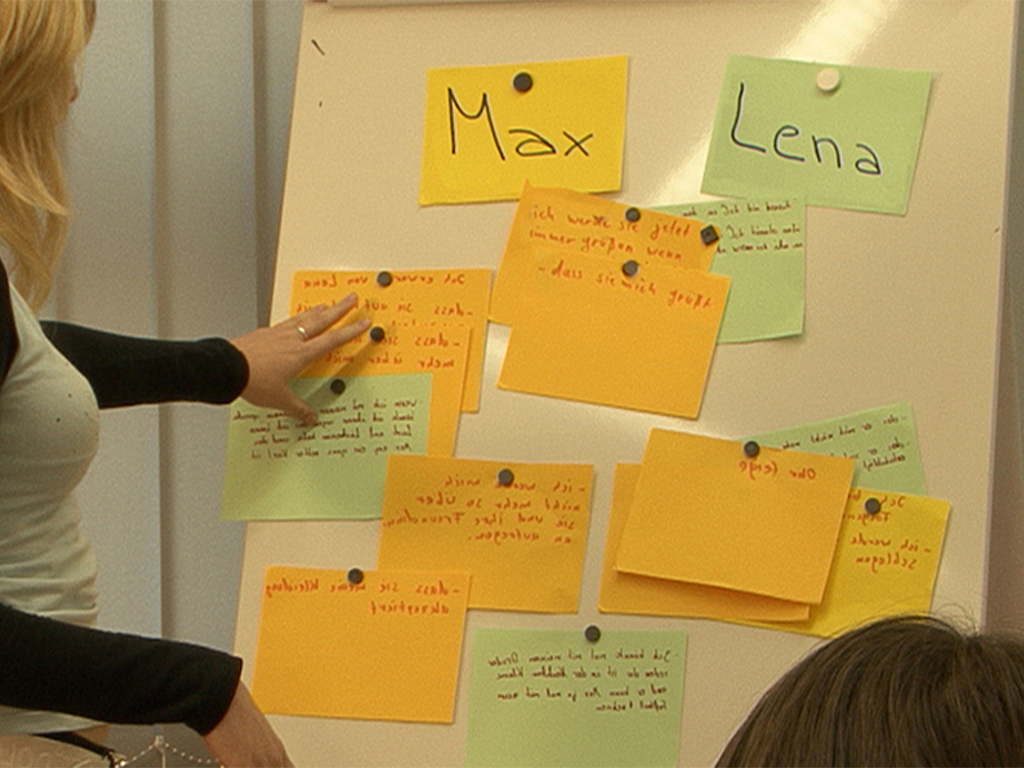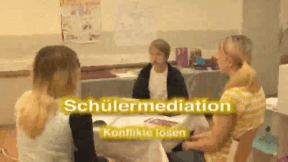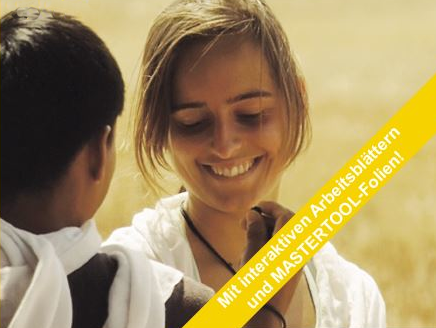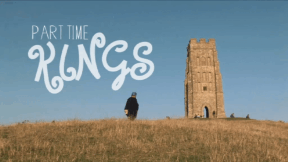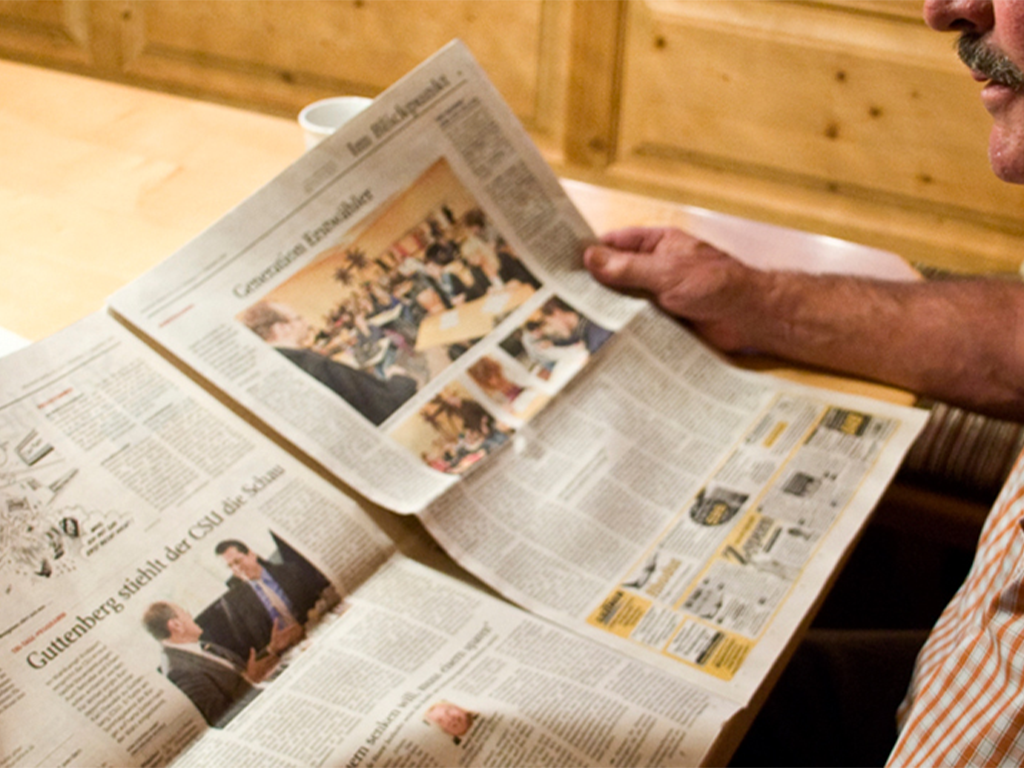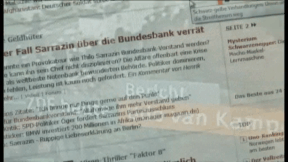 Preschool
Preschool
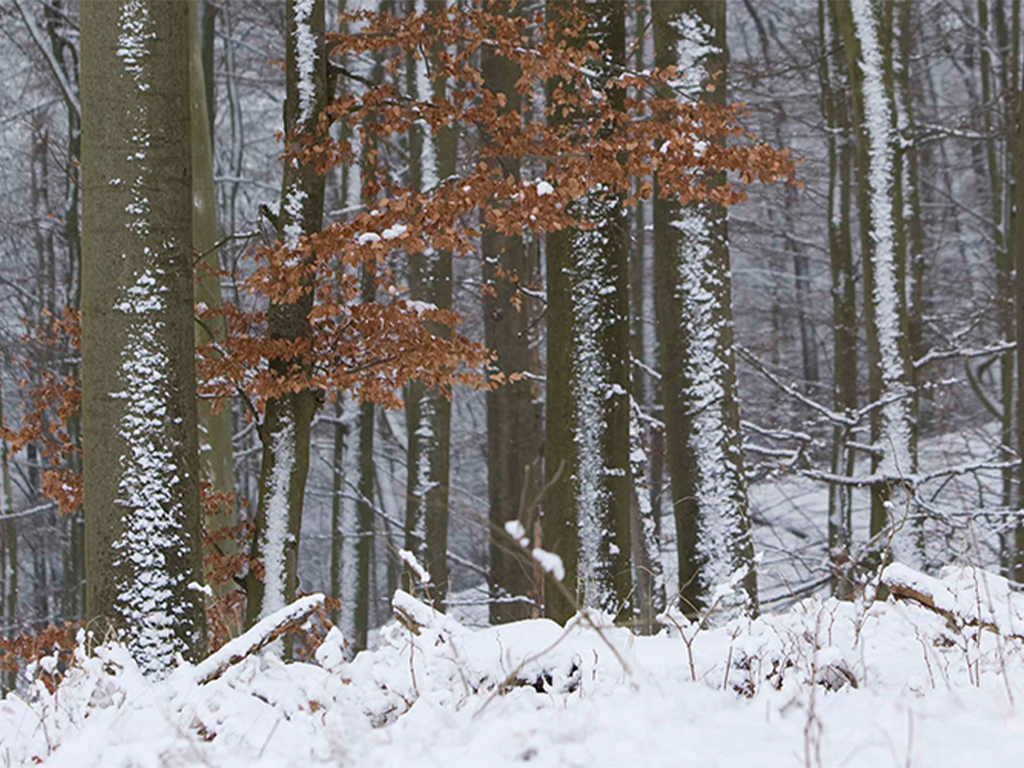

4658337 / 5551757
Winter
The Cold Season
Winter is the most extraordinary season. Trees without leaves, little sunlight, the majority of animals have disappeared and humans have to deal with black ice and coughs and sneezes. Nevertheless, winter also has a lot to offer that is available in that season alone: snow, winter sports, calm and peace. In short chapters, children learn how snow and ice form, why it is dark until late in winter and how plants and animals overwinter. Dangers related to the season are mentioned and it is explained how children can protect themselves. In addition, we show what interesting possibilities winter offers, which are only real fun during that time. Besides didactic-methodical considerations, the accompanying material includes a plethora of ideas to discuss this subject from all points of view and comprehensively, and to discover it from a new angle.
Play trailer
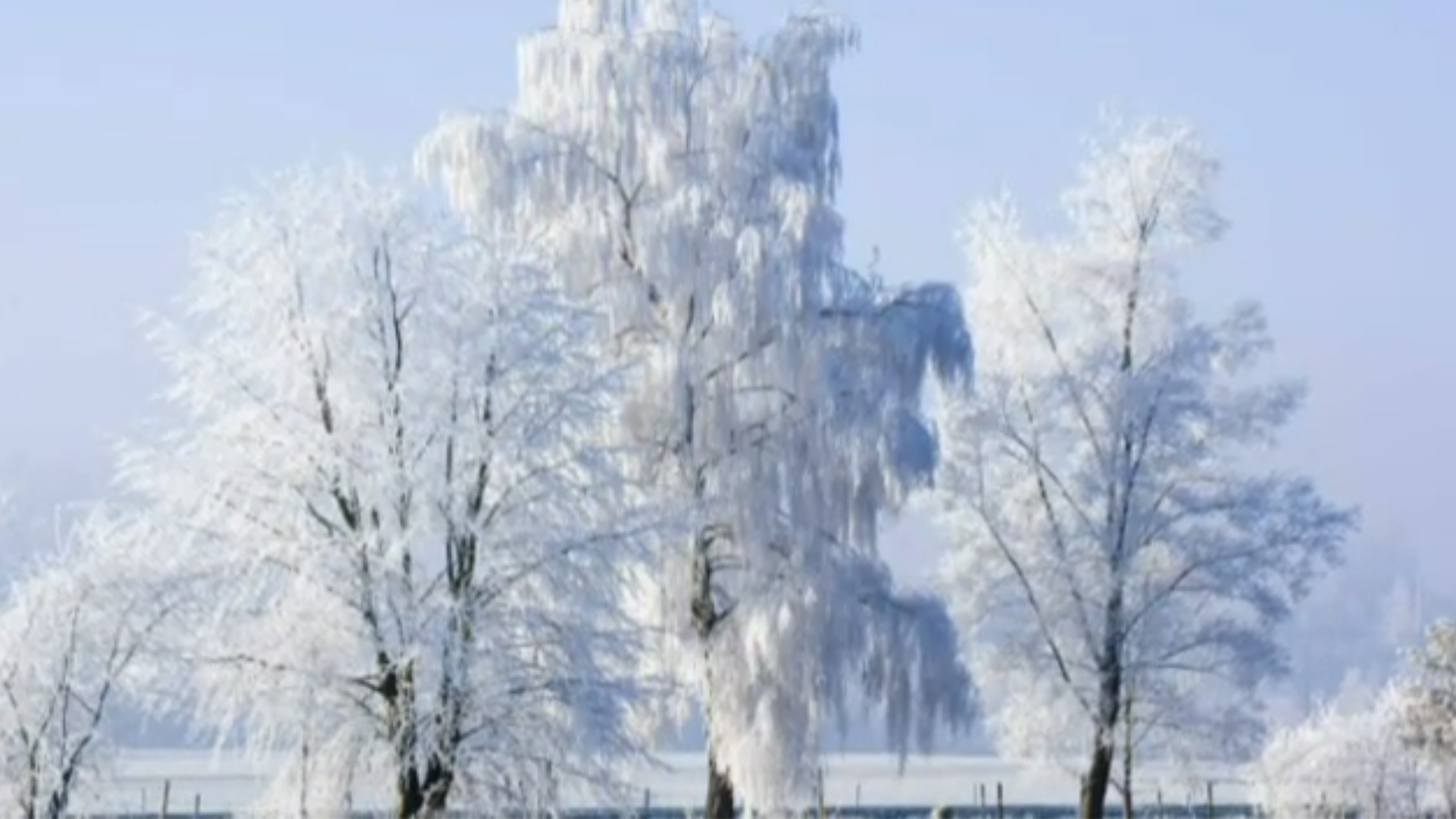
Curriculum-centred and oriented towards educational standards
Matching
Peer Mediation
Lena and Max attend the 7th form. Max is new in class. During a break, Max notices that Lena and her friend are laughing at him again. Max loses his temper! He slaps Lena in the face. That hurts and Lena runs back into the classroom with a red cheek. The growing conflict between the two has escalated. Just like Lena and Max, every day pupils all over Germany have rows with each other. At the Heinrich Hertz Gymnasium in Thuringia, pupils have been trained as mediators for years. At set hours, they are in a room made available by the school specifically for mediation purposes. The film describes the growing conflict between Max and Lena and shows a mediation using their example. In doing so, the terms “conflict” and “peer mediation” are explained in a non-technical way. The aims of peer mediation and its progress in five steps as well as the mediators’ tasks are illustrated. The art of asking questions and “mirroring”, which the mediators must know, is described and explained. Together with the comprehensive accompanying material, the DVD is a suitable medium to introduce peer mediation at your school, too.
The Daily Newspaper
Every day, there is a surge of news reaching us via different news channels. In spite of TV and Internet, the daily paper still is one of the most important main sources of news. But how is a newspaper created? The film shows the production of a paper in the course of one day. Starting with the editorial meeting in the morning, in which the topics and deadlines are determined, the film accompanies a journalist during her research work. You can see how a journalistic interview is conducted and what the photographer must consider when taking a press photo. Back in the editorial office, the editor’s work is illustrated, which includes the page layout and the writing of an online article in today’s time. Impressive pictures from the printing centre depict the process from the digital page to the finished newspaper. Together with the comprehensive accompanying material, the DVD is perfectly suited for use at school




